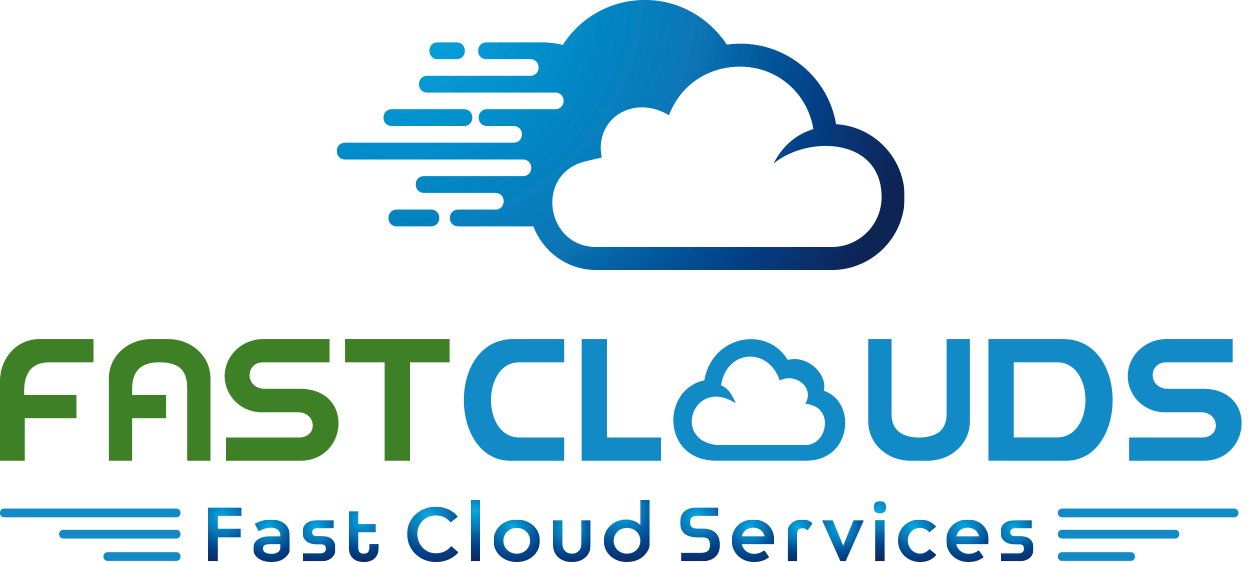In today’s era of accelerated digital transformation, businesses of all sizes are striving to adopt innovative technological solutions that enhance operational efficiency and help achieve strategic goals more effectively and at lower costs. Among these modern solutions, Infrastructure as a Service (IaaS) stands out as a pivotal element, enabling companies to keep pace with digital changes and successfully implement digital transformation initiatives.
IaaS provides businesses with access to computing resources and infrastructure over the internet, eliminating the financial and administrative burdens associated with purchasing and maintaining physical hardware. With this technology, companies can operate their applications and manage their data with greater freedom, along with the flexibility to scale resources according to evolving business needs.
Businesses rely on IaaS to achieve a range of core benefits, including faster time-to-market for new products and services, enhanced innovation capabilities, and the provision of a secure, adaptable environment to meet market challenges. These advantages have made IaaS an essential tool for achieving sustainable digital transformation and driving growth in competitive business environments.
What is Infrastructure as a Service (IaaS)?
Infrastructure as a Service (IaaS) is a cloud computing model that allows businesses to rent essential IT resources such as servers, storage, networks, and operating systems over the internet. Instead of investing in expensive hardware and maintaining it, businesses gain access to scalable, flexible computing resources on demand.
The Importance of IaaS in Digital Transformation
-
Reducing Operational Costs
IaaS eliminates the need to purchase and maintain physical infrastructure, significantly cutting costs over the long term. Companies only pay for the resources they use, making it an extremely cost-effective option.
-
Flexibility and Scalability
IaaS offers unmatched flexibility, enabling businesses to scale resources up or down based on their needs. Whether it’s a startup or a large enterprise, companies can quickly adapt to market changes and operational requirements.
-
Accelerating Innovation
With ready-to-use infrastructure, businesses can focus on developing new products and services rather than managing technical equipment. This fosters faster innovation and supports the creation of a competitive edge.
-
High Availability and Continuity
IaaS ensures high levels of availability and reliability, keeping operations running even in the event of failures or natural disasters. Backup and recovery tools provided by IaaS services effectively protect business data.
-
Enhanced Security
While cloud computing poses certain security challenges, most IaaS providers offer advanced security measures, including encryption, firewalls, and continuous monitoring.
Applications of IaaS in Businesses
IaaS can be leveraged across various domains:
- Application Development: Enabling development teams to access flexible testing and production environments.
- Data Analytics: Storing and processing massive amounts of data to extract strategic insights.
- Website Hosting: Running websites and digital services efficiently and cost-effectively.
Tips for Choosing the Right IaaS Provider
-
Alignment with Business Needs
Choose a provider that offers resources tailored to your current and future business requirements.
-
Security and Compliance
Ensure the provider adheres to high security standards and complies with relevant regulations and laws.
-
Technical Support
Verify the availability of prompt and effective technical support.
-
Cost
Compare pricing plans and select one that fits your company’s budget.
Conclusion
In today’s world of digital transformation, Infrastructure as a Service (IaaS) has become a strategic choice for businesses aiming to enhance efficiency and drive innovation. This model enables companies to access computing resources and infrastructure online without the need for investing in or maintaining traditional hardware. It reduces operational costs while offering greater flexibility to scale or adapt to market needs.
By adopting IaaS, businesses can focus on expanding their operations and developing new services instead of managing technical infrastructure. This flexibility translates into improved operational efficiency and accelerated innovation, paving the way for sustainable growth and enhanced competitiveness in the rapidly evolving digital landscape.





